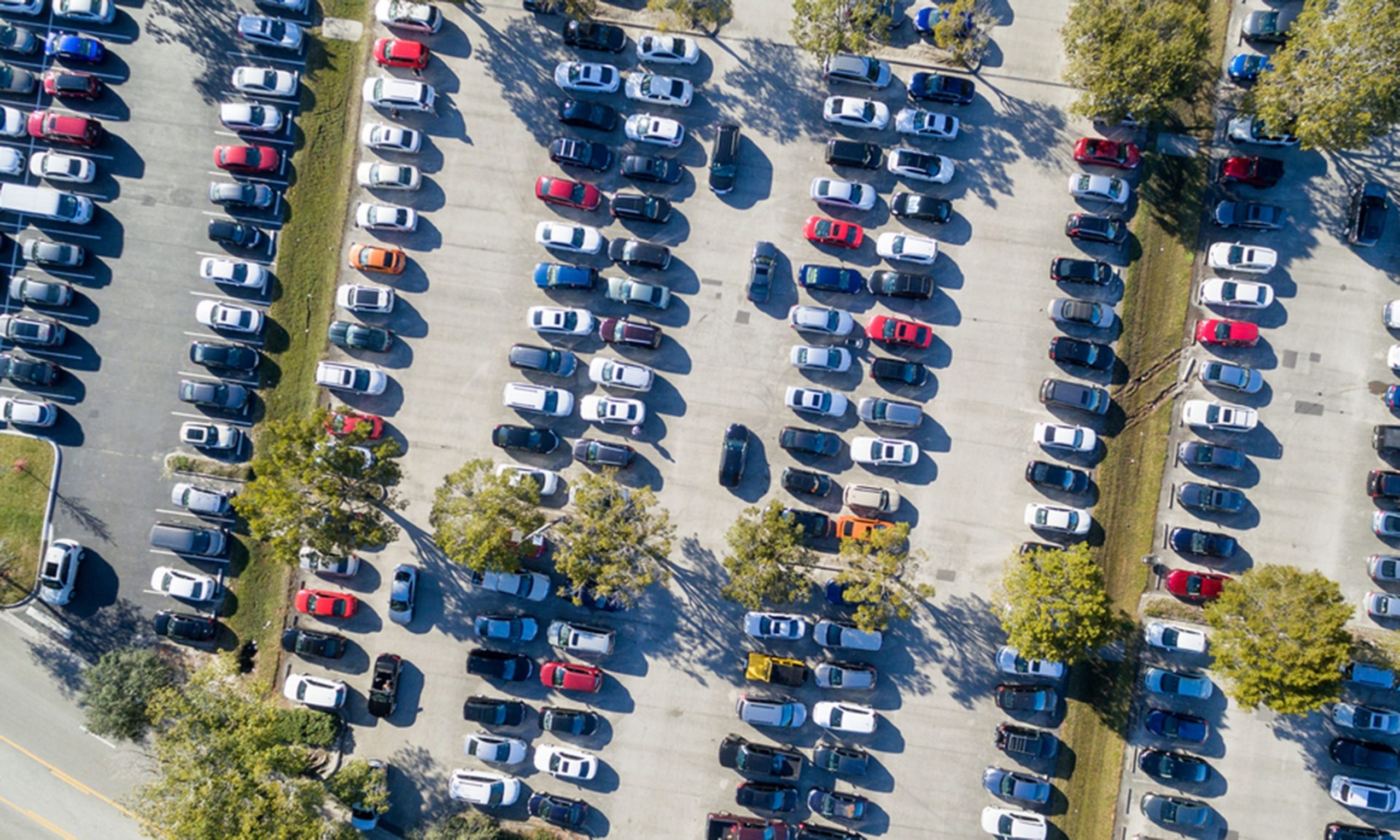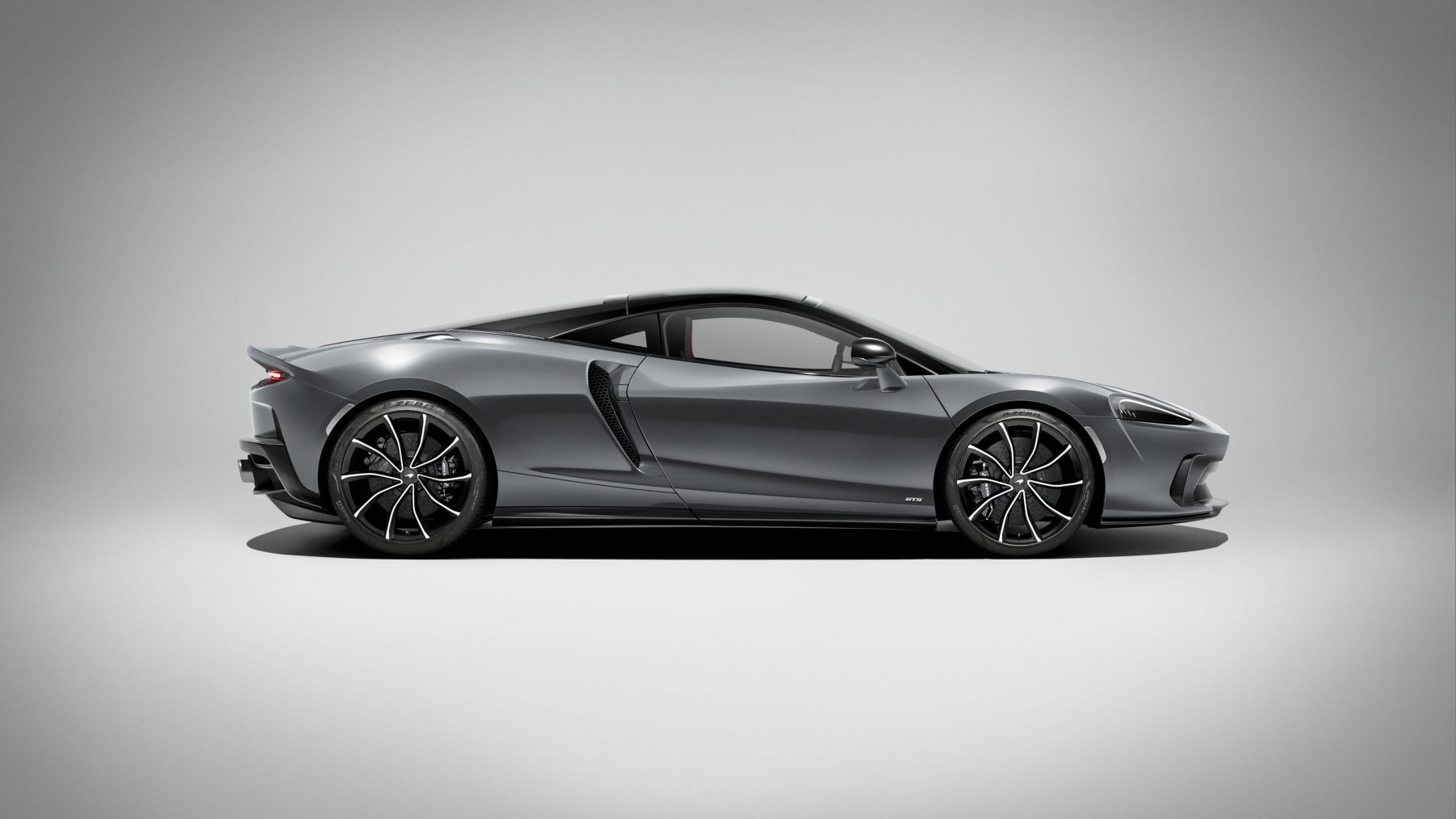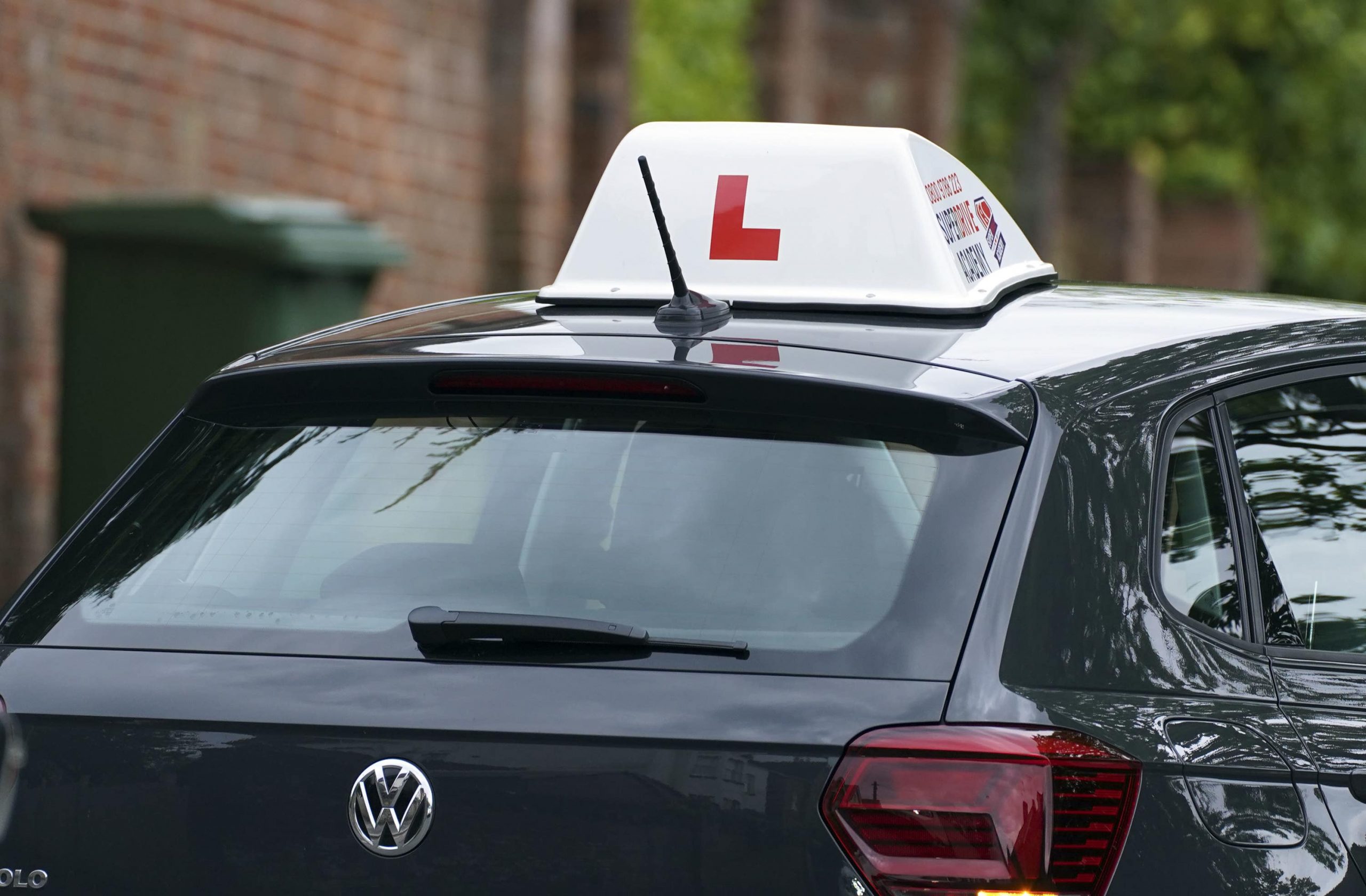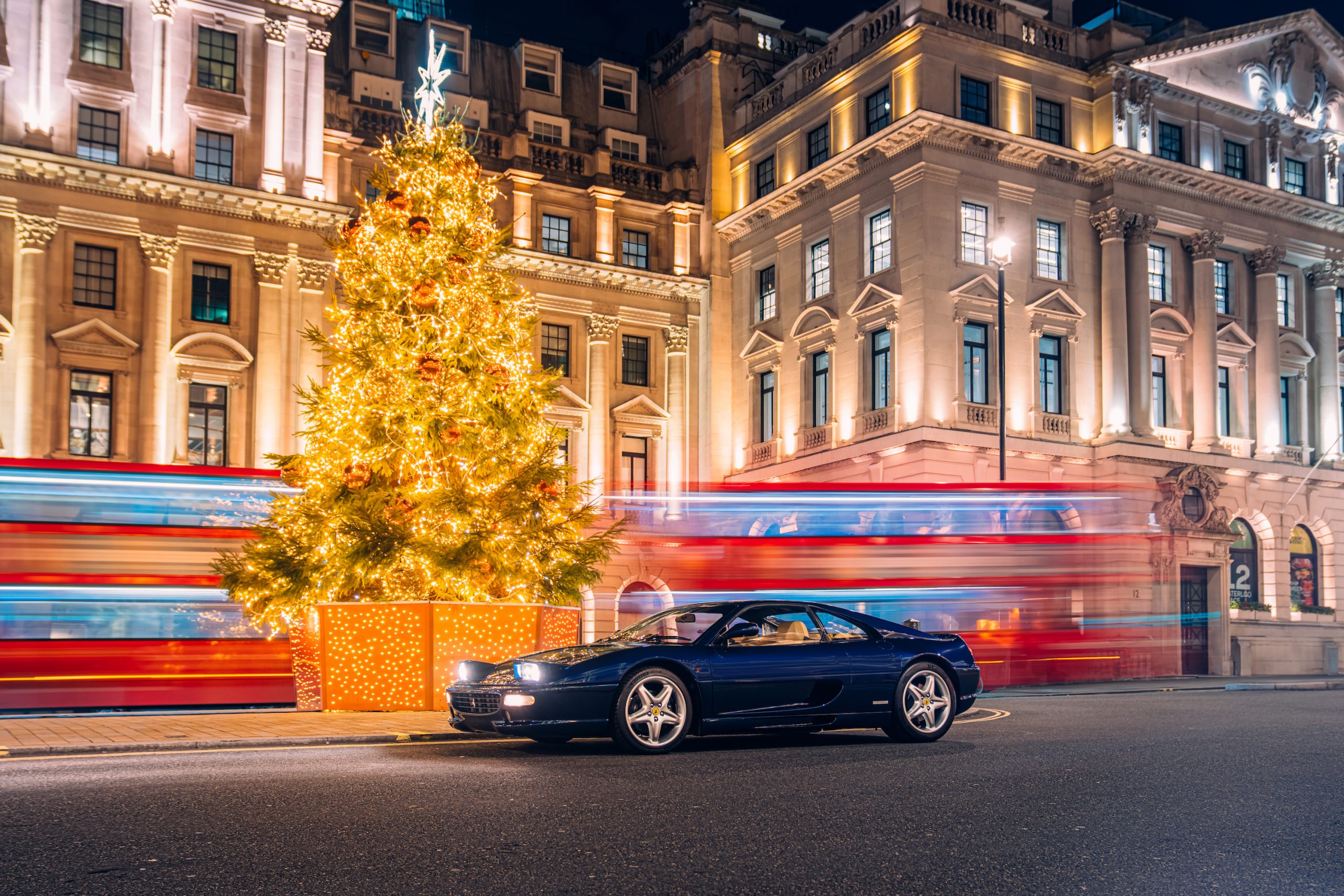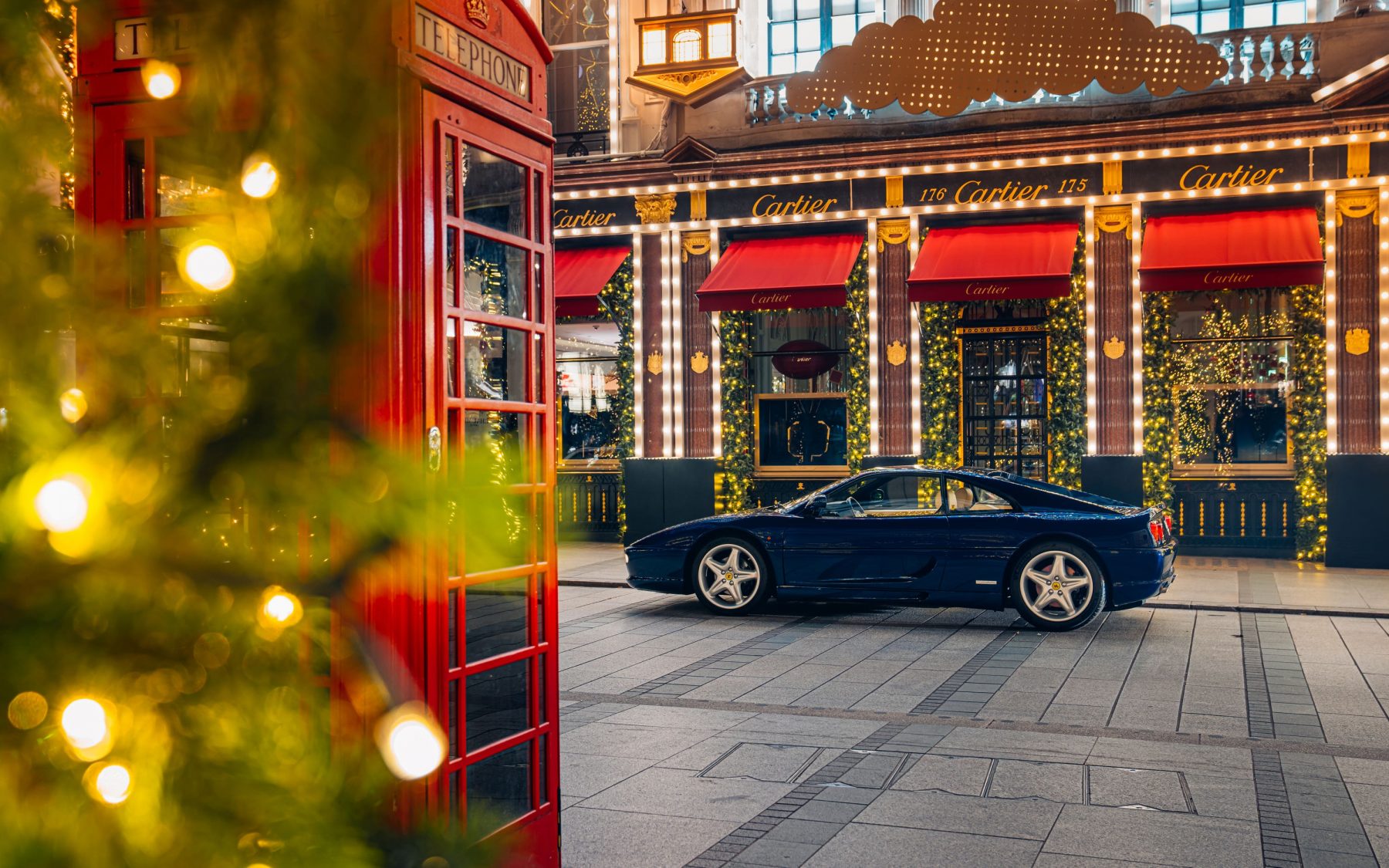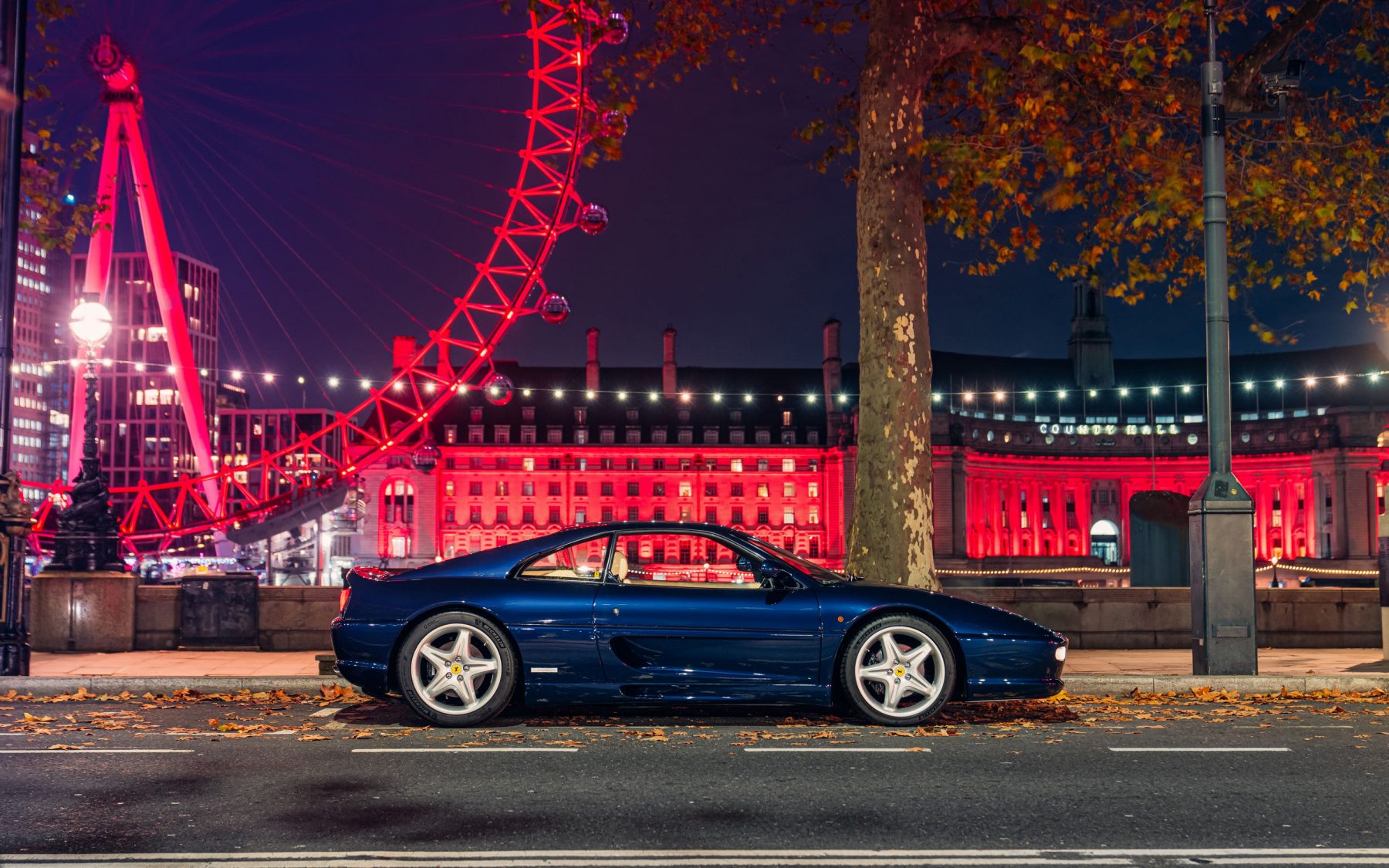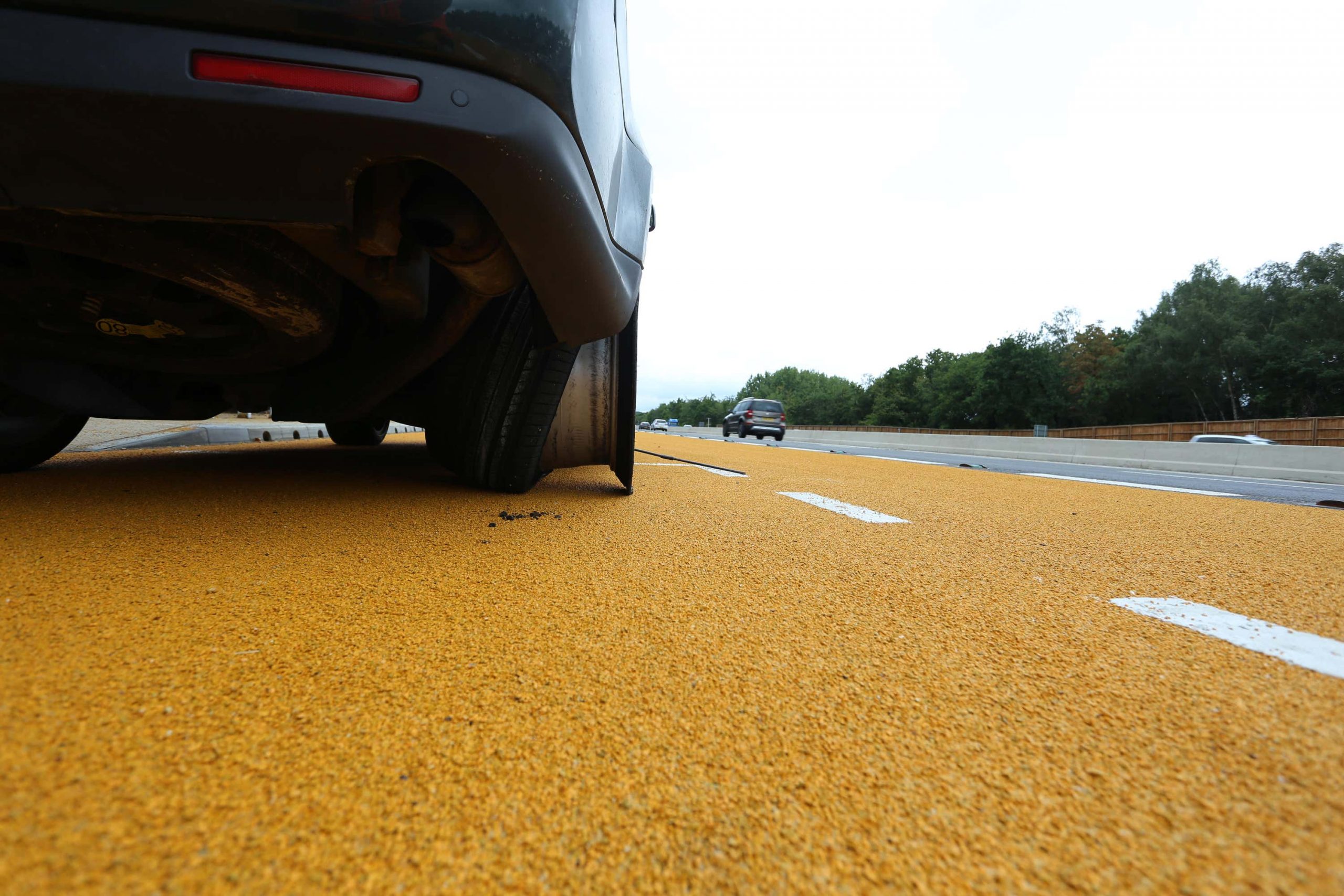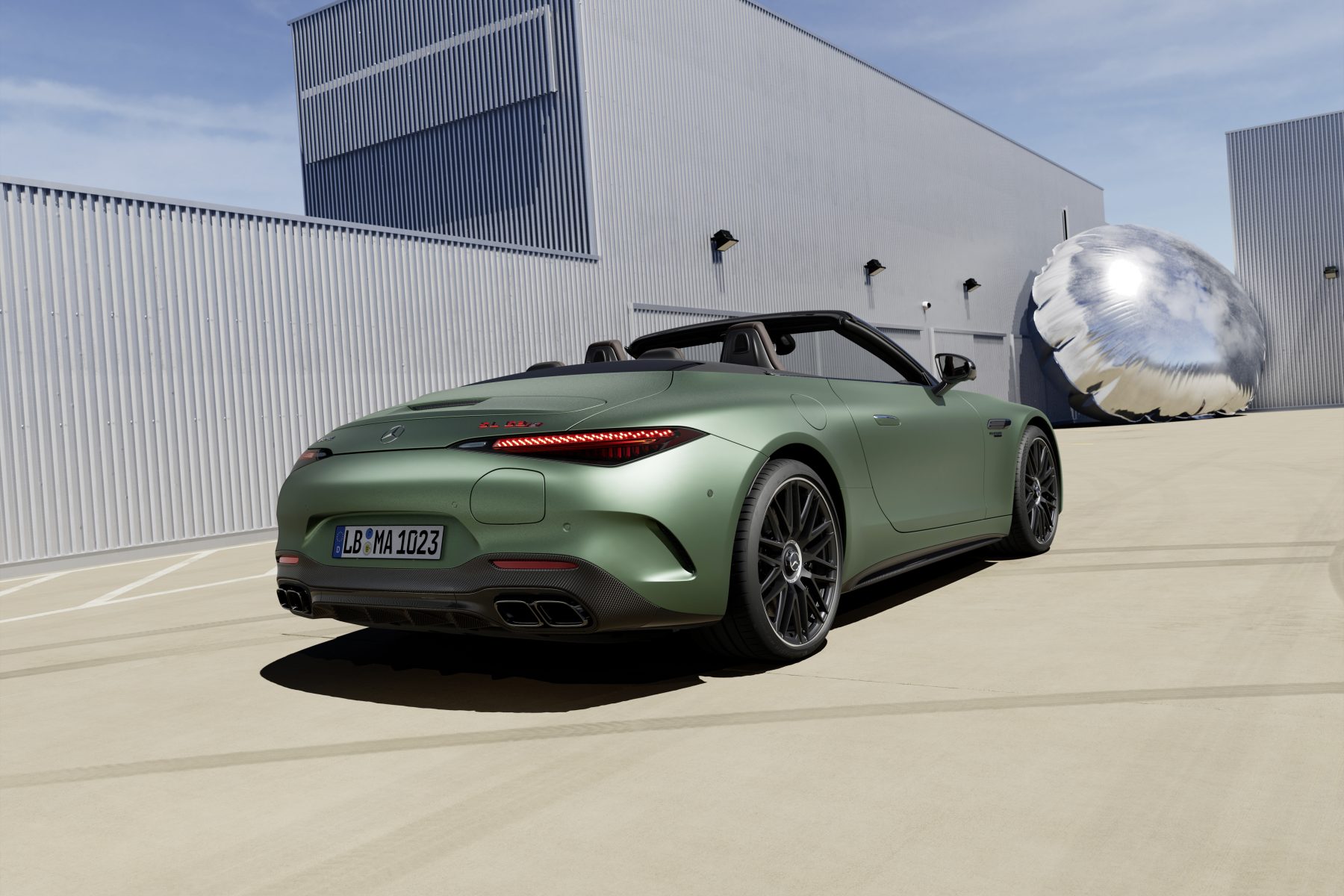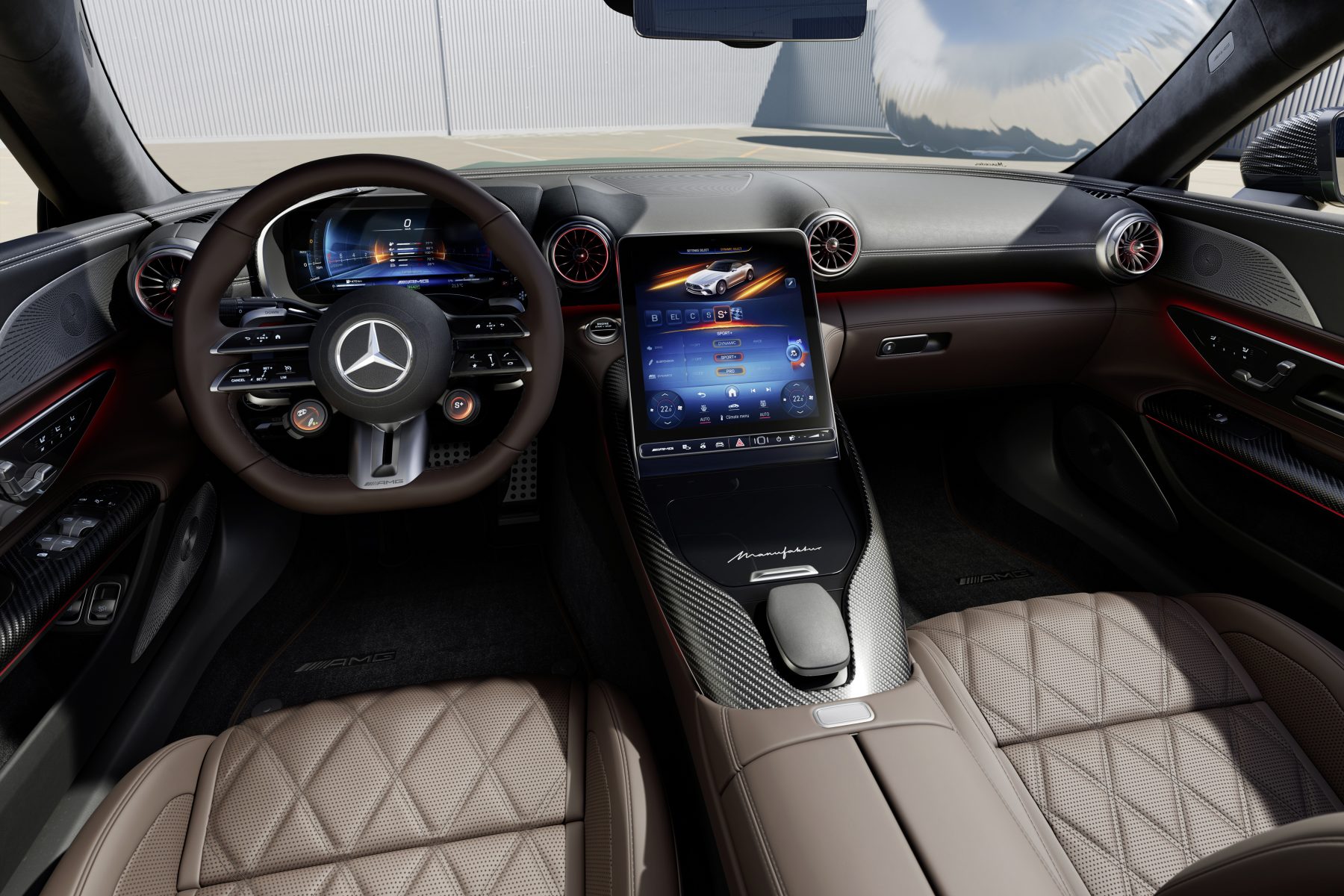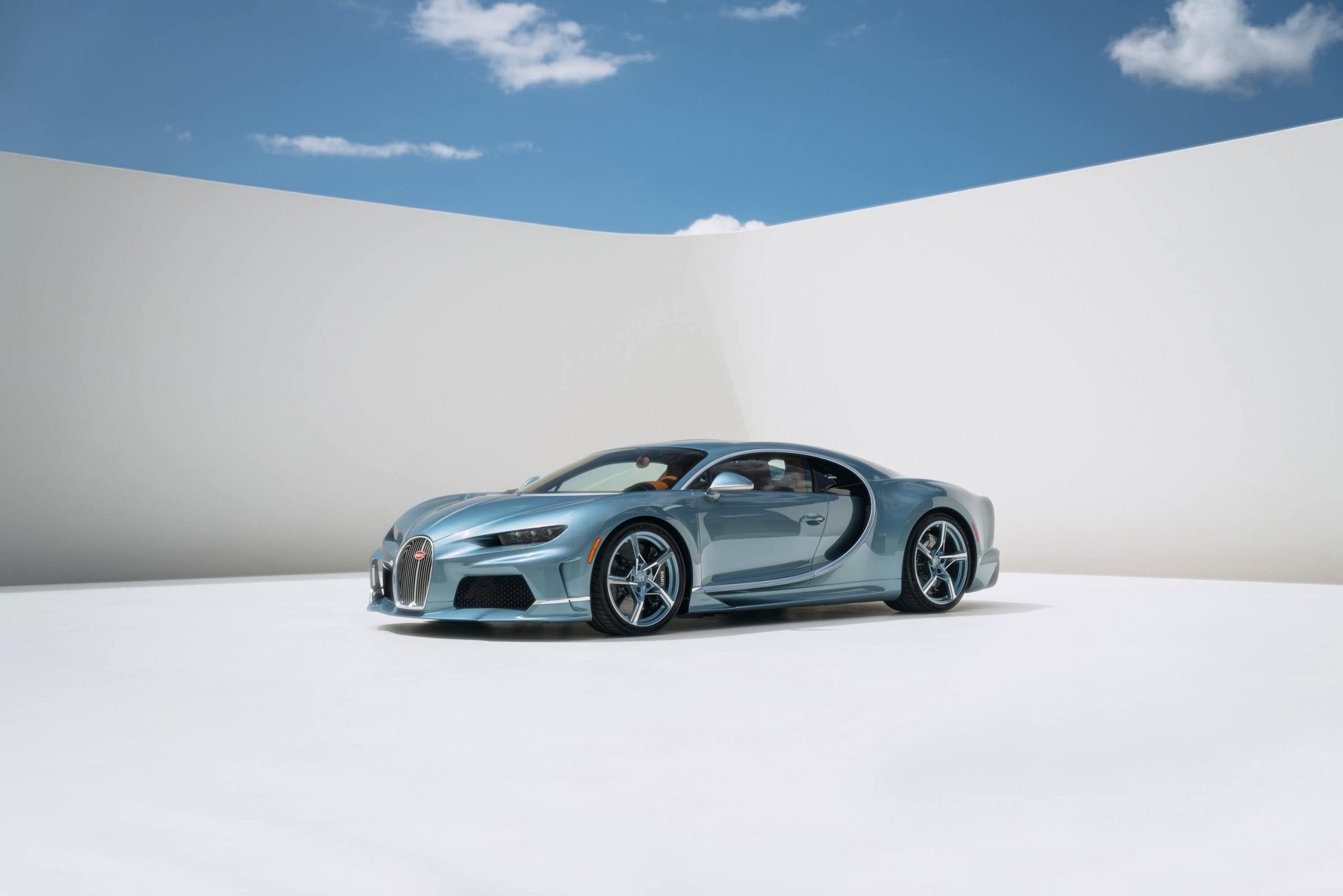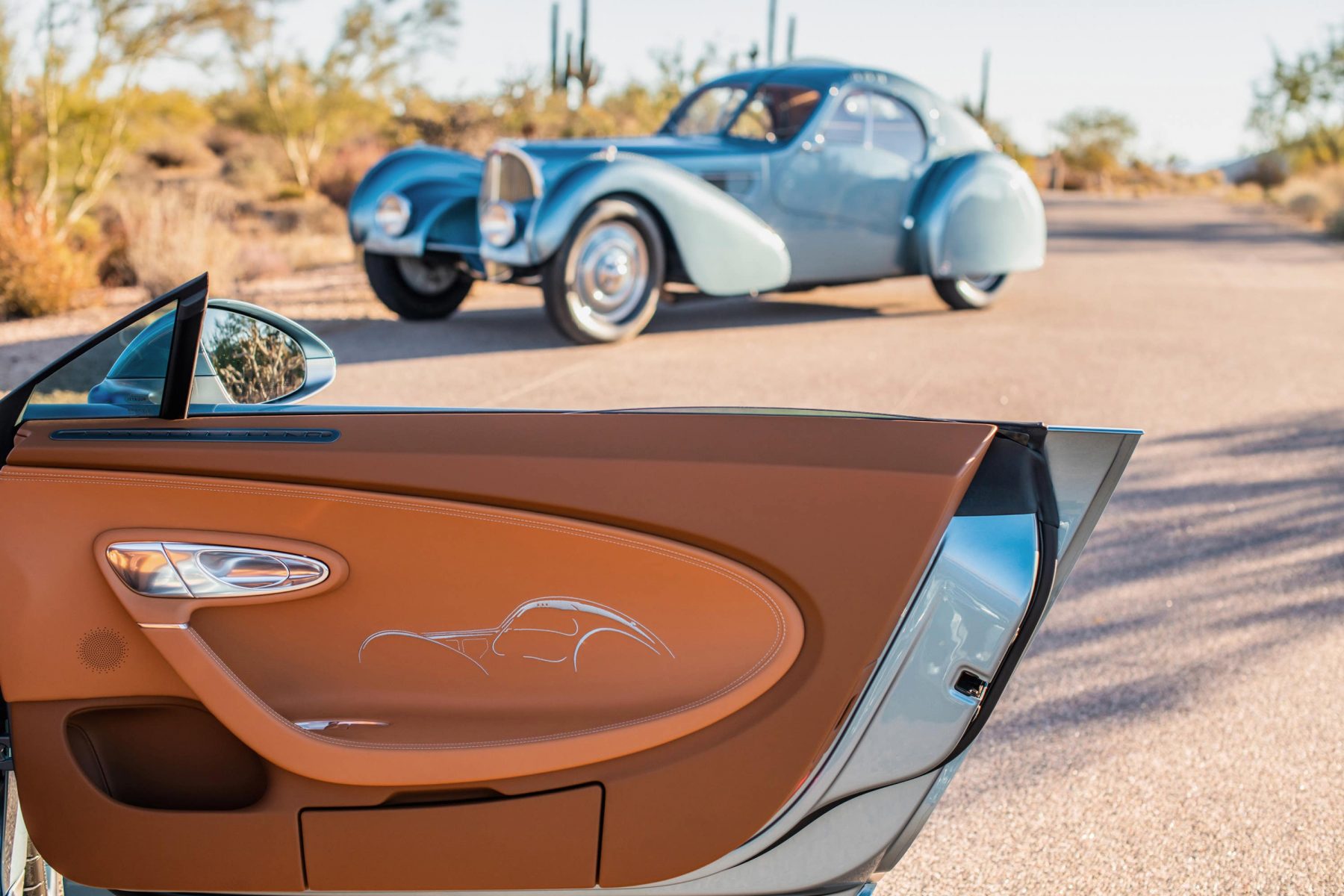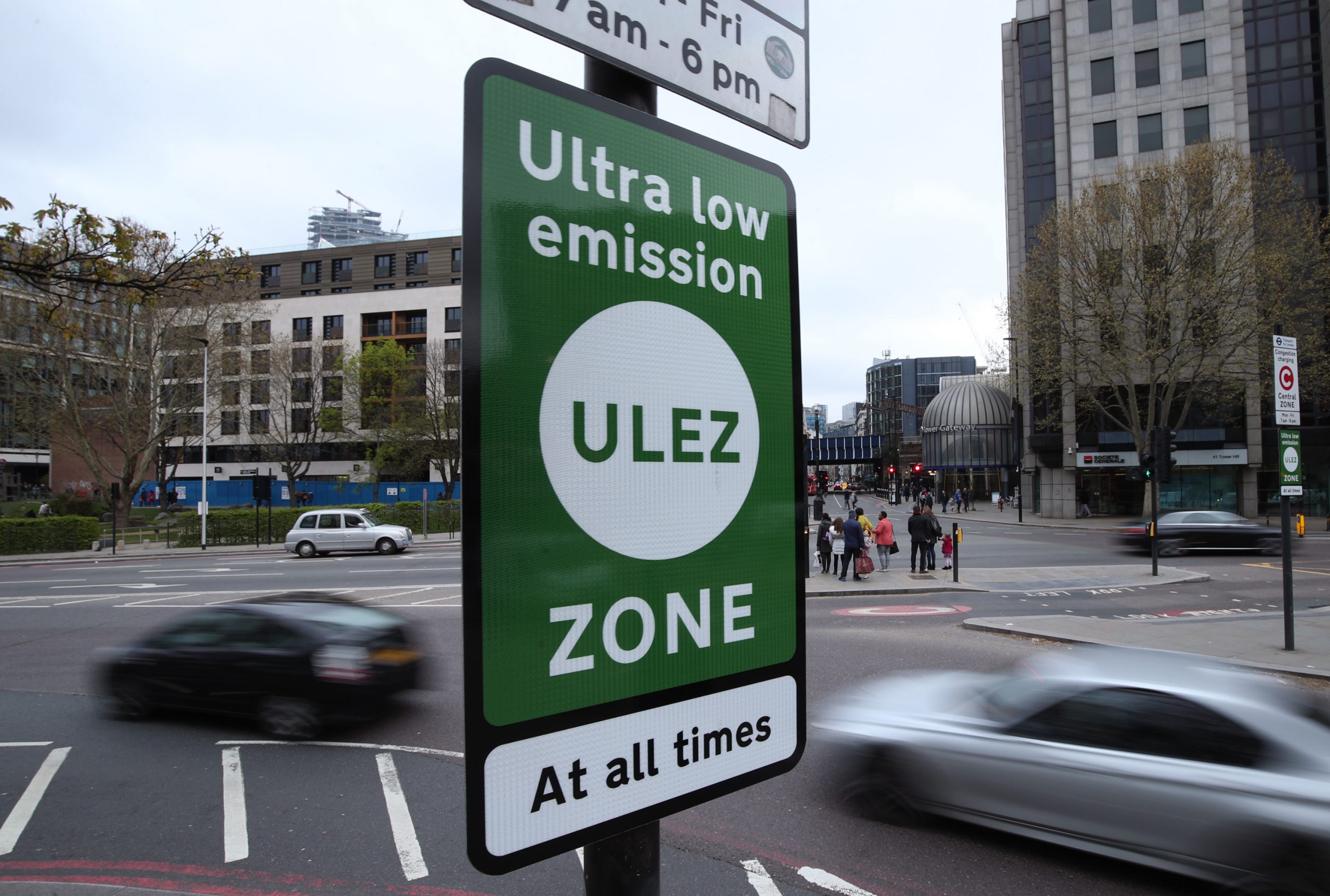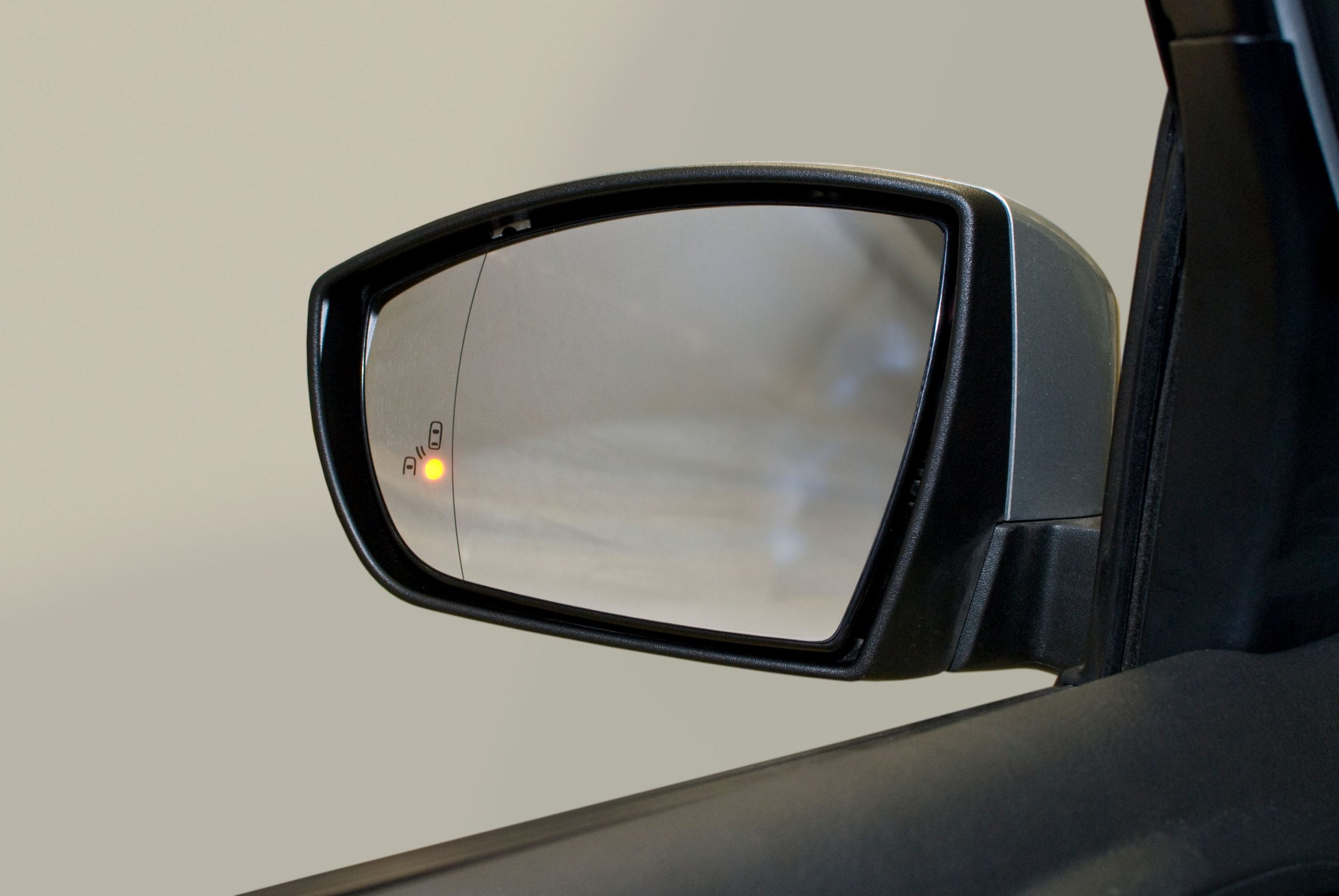Jaguar Land Rover (JLR) has launched its own insurance product after customers of its vehicles struggled to get cover following a spate of keyless Range Rover thefts.
Autocar reported earlier in the year that owners of Range Rovers in London – a hot spot for thefts – were struggling to insure their vehicles or facing soaring premiums if they could. Vehicles such as the previous-generation Range Rover and Range Rover Sports are among the UK’s most stolen cars.
JLR is now launching its own insurance with the firm saying it has been ‘developed to help alleviate recent challenges clients have faced when seeking insurance’.
Targeted primarily at Range Rover owners, but also available to Jaguar and Land Rover Defender and Discovery drivers, the firm says it has provided more than 4,000 quotes to owners since October, with an average ‘monthly premium of less than £200’, though this is considerably more than the average monthly premium of £74, according to Compare the Market’s data.
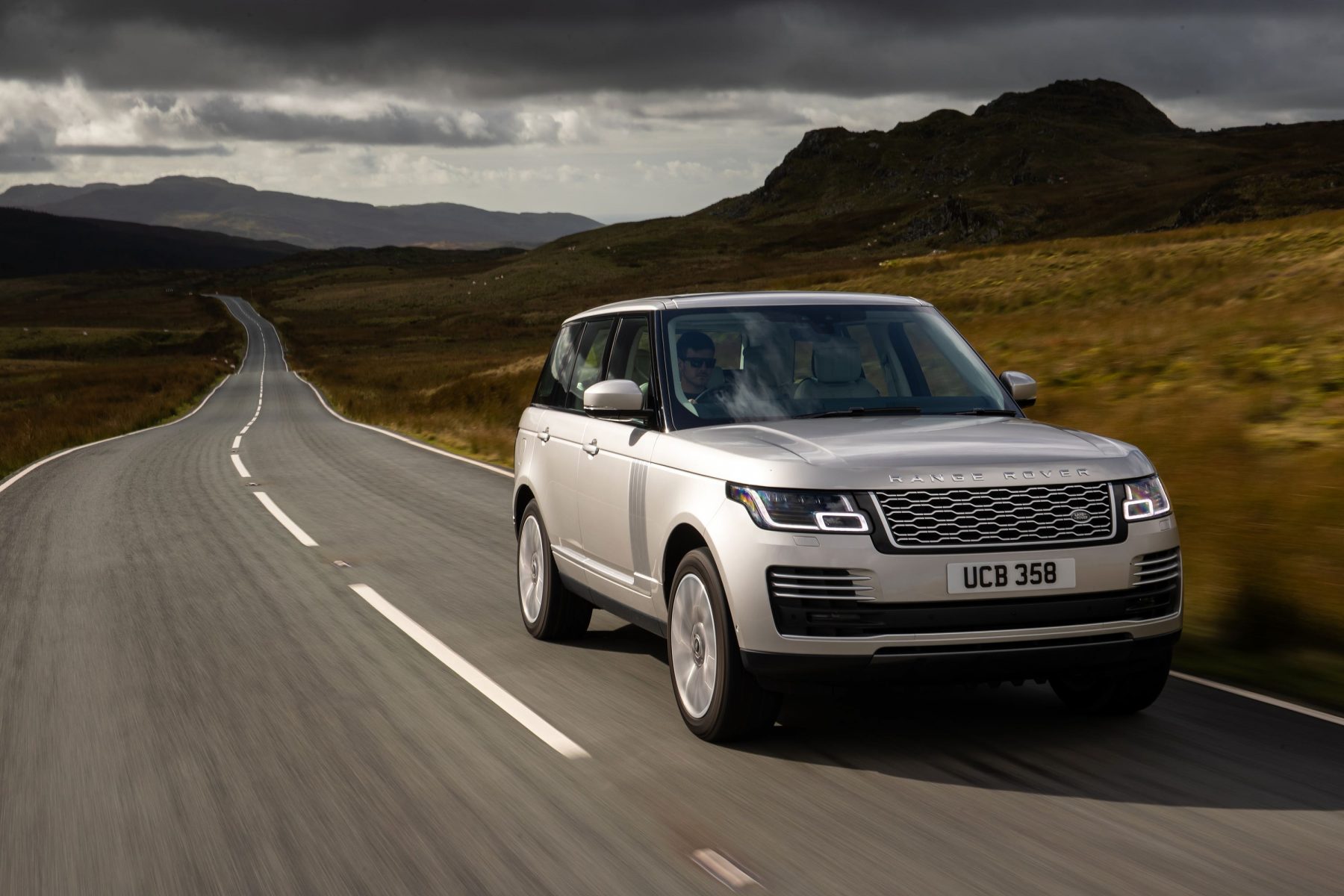
JLR has been rolling out a security update on various Range Rover models made since 2018 to help reduce the likelihood of keyless theft, and says it has ‘proactively shared’ its latest data that is said to demonstrate their improved security ‘to help increase the range of insurance options on the open market’.
The firm also says its own insurance makes sure that repairs are completed by a JLR-authorised bodyshop.
A JLR spokesperson said: “Customers of luxury cars and other luxury items are experiencing an increase in thefts due to organised criminal activity in the UK. The desirability of our luxury vehicles, coupled with concerns around thefts, has recently led to challenges in obtaining insurance cover for some clients.
“We are fully committed to doing everything we can to address this by adopting a multifaceted approach: from our significant investment in vehicle security, to now providing our own insurance.”


